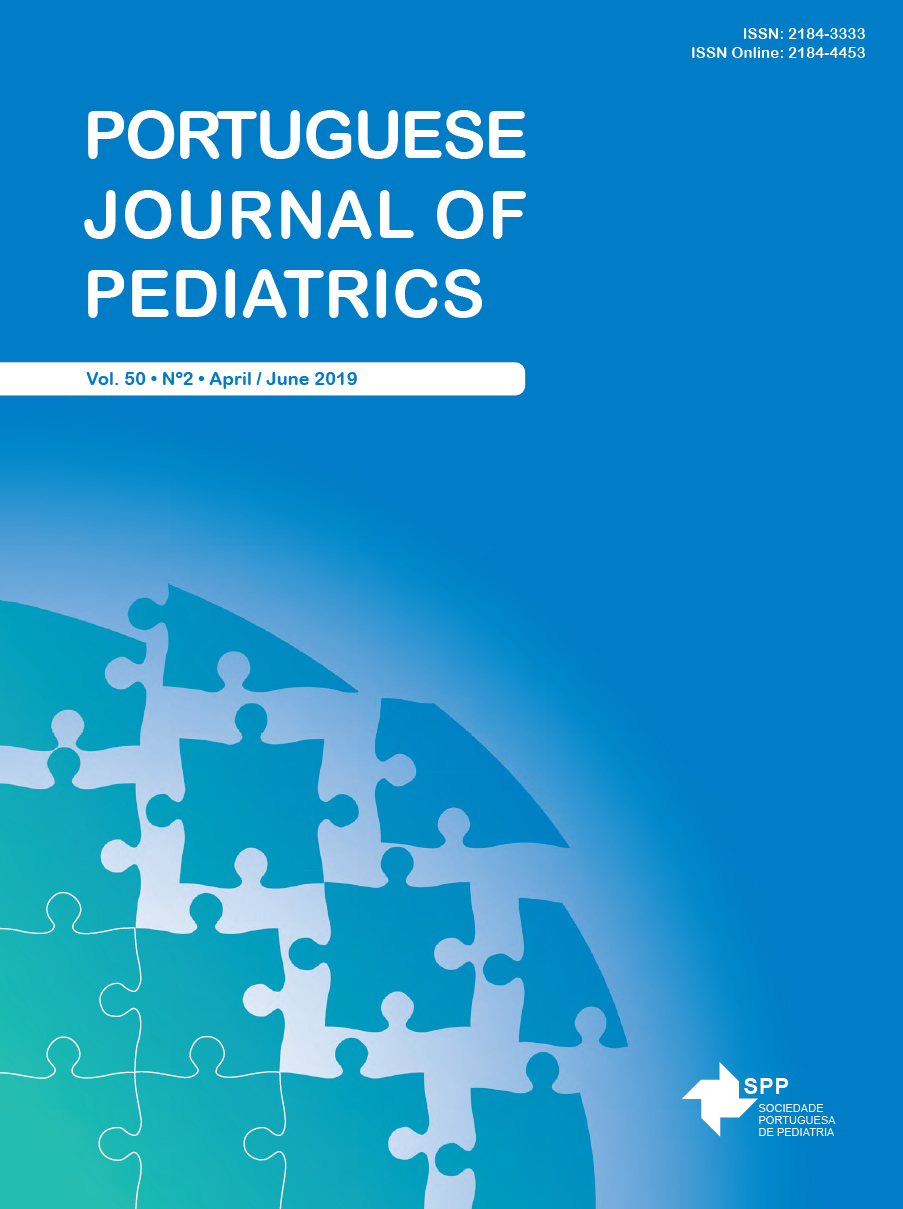Attention Deficit Hyperactivity Disorder: Case Series of a Portuguese Liaison Pedopsychiatry Department
Date of submission: 16-11-2017 | Date of acceptance: 29-10-2018 | Published: 29-04-2019
DOI:
https://doi.org/10.25754/pjp.2019.13482Abstract
Introduction: The attention deficit hyperactivity disorder is a pathology of chronic neurodevelopment and has assumed an increasingly important importance, with symptoms mainly affecting age school children, with repercussions on social, family and school functioning.
Goal: To describe the characteristics of patients with attention deficit hyperactivity disorder, followed in Liaison Pedopsychiatry Consultation.
Material and methods: Retrospective study of patients with attention deficit hyperactivity disorder followed in Liaison Pedopsychiatry Consultation in the Centro Materno-Infantil do Norte, between october and december 2016. Data collection was done through consultation of the computerized clinical process. Variables included were: age, sex, subtype of attention deficit hyperactivity disorder, family and personal history, psychiatric and medical comorbidities, reason and origin of the referral, treatment instituted and adverse effects.
Results: The study included 221 patients with a diagnosis of attention deficit hyperactivity disorder, 72.85% male. The mean age was 12.4 years, with 37,10% being between 10-12 years old. 74.21% belonged to the Porto district. In 35.29% of the cases, referral was made by Neuropediatrics and 18.55% by General Pediatrics, being the most frequent reasons the behavioral problems and concentration difficulties (27.60%) and learning disabilities (22,62%).As for the subtype, the majority presented the mixed subtype (48,42%), being 85.07% medicated. The most frequent psychiatric comorbidities were intellectual development disorder (35.44%), followed by oppositional and defiant disorder / behavioral problems (20,25%). The cognitive evaluation was performed in 73.76%, and 57.06% had lower intellectual quotient than the mean). Personal history related to attention deficit hyperactivity disorder was identified in 21.72% and family history related to attention deficit hyperactivity disorder in 14.0%. Regarding the medical / organic co-morbid diagnoses, the most prominent were pulmonary pathology and renal pathology, both with 20.37%.
Conclusion: The attention deficit hyperactivity disorder represents a frequent disorder at Liaison Pedopsychiatry consultations affecting children and adolescents, with a high incidence among males between 10 and 12 years old, with a predominance of mixed type. Behavioral problems, concentration difficulties and learning disabilities are, in most cases, the reference reason for consultation. Early intervention is essential in order to control the symptoms, improving the academic and psychosocial course.









